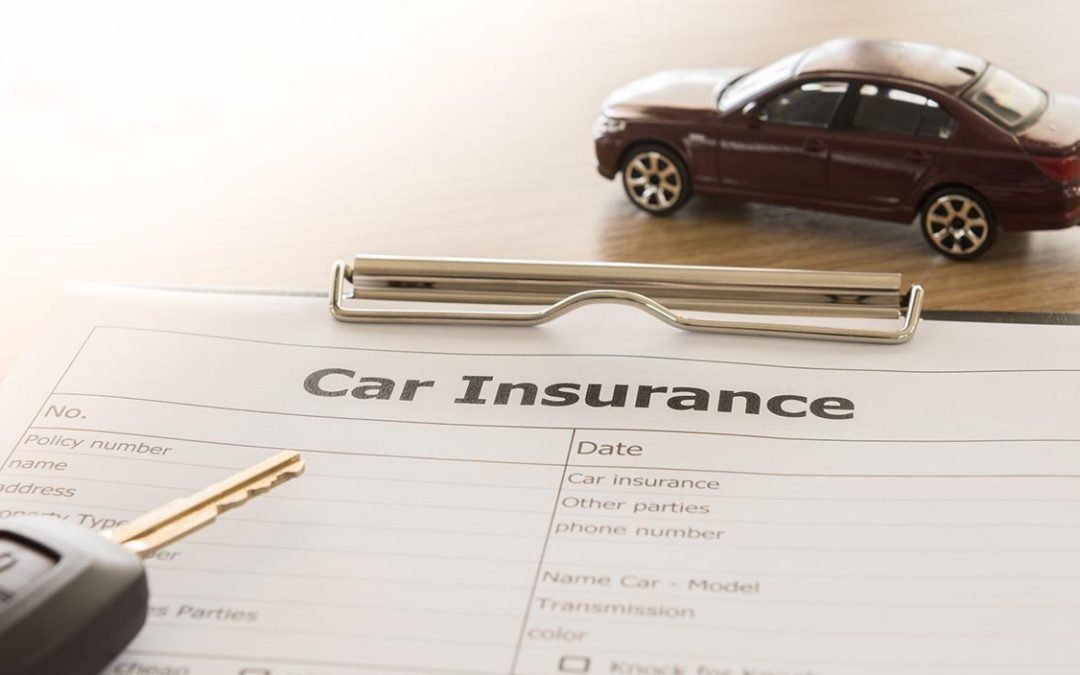Auto insurance is something you pay for but hope you never need. There are many different types of insurance to choose from, but you need to make sure that you carry enough insurance to meet Texas state law requirements before you get behind the wheel of a vehicle. Being able to pay for any damage or injuries you cause is an important aspect of being a licensed driver.
What Insurance Does Texas Law Require?
In Texas, all drivers are required to have liability insurance at a minimum. Liability insurance pays for damage to other vehicles, property, and the other driver’s and their passengers’ medical bills when the accident is your fault. It does not pay for damage to your own vehicle or medical bills you incur as a result of the accident.
Texas liability insurance limits are known as 30/60/25 coverage. This means that state minimum liability policies must cover at least $30,000 for injuries to other people, at least $60,000 in medical bills per accident, and at least $25,000 in property damage.
However, Texas drivers are strongly encouraged to purchase liability policies that exceed this minimum level of coverage. These amounts might not be adequate in a multi-vehicle accident or one in which serious injury occurs. You will need to pay any expenses incurred outside of the insurance policy’s limits out of your pocket.
Types of Auto Coverage
In addition to liability coverage, there are many other types of insurance that can be purchased by Texas drivers. The two most common coverages are collision coverage, which pays to repair or replace your car after an accident, and comprehensive coverage, which pays to replace your vehicle if it is damaged by something other than a car accident, such as fire, flood, or vandalism.
Maintenance issues or damage that occurs to your vehicle due to a lack of maintenance are typically not covered under comprehensive auto insurance policies. Comprehensive and collision coverage are required by lenders when there is a lien on your vehicle, such as when you purchase it on a payment plan.
You may find it valuable to carry insurance that goes beyond the minimum required. In that case, consider medical payments coverage, which not only pays your and your passengers’ medical bills, it also pays if you’re injured while you’re a passenger in another vehicle or if you’re hurt as a pedestrian or while riding a bicycle.
Personal Injury Protection (PIP) coverage is similar to medical payments coverage in that it pays your medical bills, but it also provides coverage for nonmedical costs like the wages you might lose as a result of being injured. In Texas, all auto insurance policies are written with PIP coverage included, although it is not required that you carry it. To decline PIP coverage, you must provide a written statement to your insurer.
Another type of auto coverage is uninsured/underinsured motorist coverage. If you’re in an accident with a driver who either doesn’t have any insurance or who doesn’t have enough insurance to cover your medical expenses and vehicle repair bills, this insurance will cover the gap.
Additionally, if you’re involved in a hit-and-run incident where the other driver can’t be identified, uninsured/underinsured motorist coverage will pay for your medical expenses and vehicle repair. This is another type of insurance that you must decline in writing if you elect not to purchase.
Your insurance company may also offer towing and labor coverage. If your car can’t be driven, this insurance will cover the cost of towing. Additionally, it pays the cost of labor to have someone change your flat tire or jump-start a dead battery.
A final type of auto insurance policy is rental reimbursement. If your vehicle is stolen or is being repaired after an accident, this policy will reimburse you for car rental services. Some rental reimbursement policies also cover ride-hailing services or taxis.
Insuring Teen Drivers
If you have a teenager in your household, they may be eager to earn their license and get behind the wheel – but you may be dreading how this will impact your auto insurance premium. So, let’s take a look at your options.
Teen drivers can typically be added to an existing adult driver’s policy, or they can purchase their own policy (or have a parent or guardian do it for them). It is usually less expensive to add them to an existing policy, but it is worth talking to your agent to get a quote for both options.
Regardless of which you choose, make sure that you notify your insurance agent when someone in your household turns 16 or starts to drive. If your policy requires every driver in the household to be listed on your policy, and you fail to do so, the agency can deny claims and/or cancel your policy.
Also let your agent know whether the teen is the main driver of any vehicle on your policy. If so, the premium will be based on the car that they primarily drive. If not, the premium will be based on the household’s vehicle with the highest rate.
How to Save on Auto Insurance
Auto insurance is always a good investment, but it doesn’t have to be a huge investment. Most auto insurers offer a range of discounts to keep your premium reasonable. Common discounts are based on safety features in your vehicle, such as airbags and antitheft devices, and on drivers with good driving records with few or no accidents, tickets, or insurance claims.
Completing a defensive driving course, such as the DriveSafe Online Texas Defensive Driving Course, can also be an economical and efficient way to save on your auto insurance premium. Completing this online course will provide you with a certificate of completion that you can give to your agent to be eligible for a discount on your insurance.
The Texas Defensive Driving Course gives you engaging content, drone videos, interactive exercises, and a final exam – all at one low price – to ensure that you’re familiar with safe driving techniques. Defensive driving courses are popular with many insurance companies because they help create safer drivers, which can help prevent accidents. Ask your insurance agent about available discounts for completing the DriveSafe Online Defensive Driving program.

Patrick M. is Editorial Director for the always expanding DriveSafe Online library of courses. With over two decades of experience developing award-winning training, he now focuses on innovating online driver safety training. Pulling from his background in journalism, he steers the wheel behind the creation of top-tier content that promotes a better journey—whether on the digital highway of learning or the real roads we travel every day.
